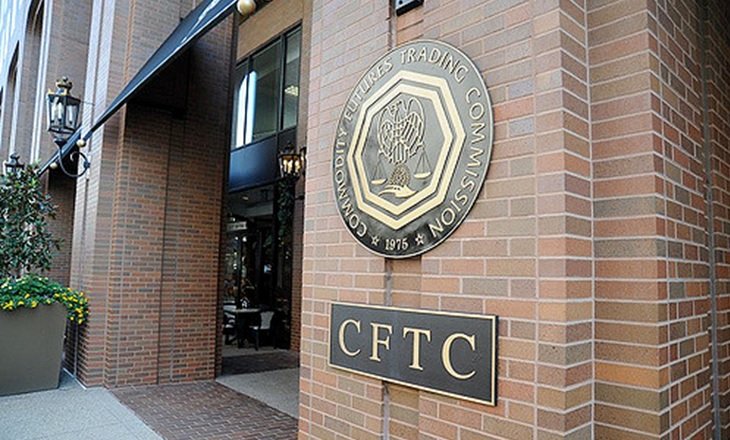2018-11-8 02:22 |
CFTC Chair Christopher Giancarlo: Distributed Ledger May Help with Regulations for US Derivatives Market
Blockchain technology is advancing and growing in many jurisdictions. According to the Commodity Futures Trading Commission (CFTC) chairman, J. Christopher Giancarlo, these advances could be used as a way to improve regulation.
Giancarlo was invited to speak at the D.C. Fintech Week Conference, which was hosted by Georgetown University. His address to the audience primarily highlighted distributed ledger technology (DLT), emphasizing the way that it could support “quantitative regulation.” This type of regulation essentially means that DLT would be used to automate certain regulatory processes, reducing the costs that regulators take on in the monitoring of markets.
He noted that, as the public considers the many ways that this type of financial technology is able to help with the cryptocurrency market, it should be easy to see how the cost and efficiency could be improved in other process. Specifically, he included “trade matching, processing, and clearing and settlement” as the processes with the most to gain.
Continuing, Giancarlo said, “Indeed, when paired with systems inspired by DLT that standardize and distribute data to market actors – and even regulators – we begin to see a world where the majority of standard tasks are managed by machines.” He spoke about a day that could come with DLT, one where “rulebooks are digitized, compliance is increasingly automated,” and “regulatory reporting is satisfied through real-time DLT networks.” With the machines that Giancarlo proposes, it would essentially be easier on the regulators and the CFTC to manage the new rules of the industry.
From that point, the rules can easily be modified within the system to promote a better outcome. Speed limits, for example, seems to be of great concern. Giancarlo explained, “The two regulatory objectives you're trying to solve for with a speed limit are safety and the efficient flow of traffic. If you actually had a dynamic speed limit that measured road and weather conditions (imagine a digital display), you might be able to slow the speed limit down if it's raining in order to better satisfy the safety objective or increase the speed limit on a sunny weekday afternoon when traffic is light to achieve a safe, but more efficient, flow of traffic.”
origin »Theresa May Coin (MAY) на Currencies.ru
|
|







